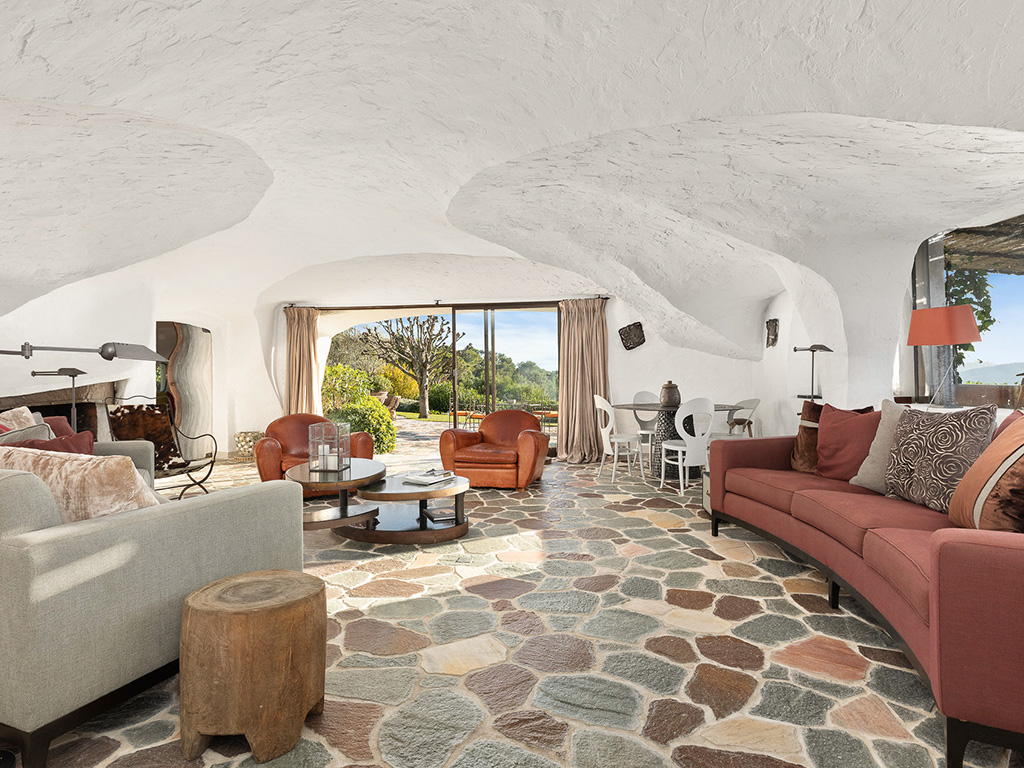
The art of combining nature and sculpture. Jacques Couëlle, the famous architect of the 1900s, was in complete opposition to the modern movement that imposed its dictates at the time. Jacque Couëlle saw harmony more in nature than in the right angles and smooth surfaces dictated by man.
Architecture Couëlle, the art of marrying nature and sculpture
Couëlle architecture, a landscape architecture that blends into nature, that adapts to the terrain. The slopes dictate the different levels, the curves in the facades, the sun and the landscape will indicate the placement of openings. Far from seeking to domesticate nature, the architect prefers to follow its contours. To do this, he favours raw, natural and local materials such as stone and wood. He eliminates lines and angles in favour of curves.
The link with the outside is omnipresent in these custom-built houses, between the vast openings that slide inside the walls and the floors that extend onto the terraces. Jacques Couëlle designed these principles without plans in the privacy of his workshop, by hand and by sculpting them with steel wires, without any right angles. He then entrusted them to his craftsmen who reproduced them to scale, always with steel which they then covered with sprayed concrete, giving the overall design often hesitant contours. Thus, from a distance, the houses look like large rocks.
Working with respect for the place, its history and tradition, he developed a primitive, instinctive architectural language, imitating the existing landscape. He built a group of houses overlooking the bay of Cannes, whose shapes and formal beauty are recognisable. Today, Couëlle villas are more than ever in demand for their authenticity and are among the most sought after on the real estate market.



